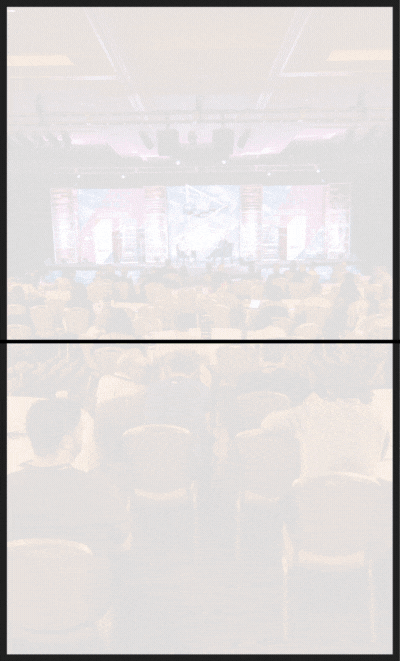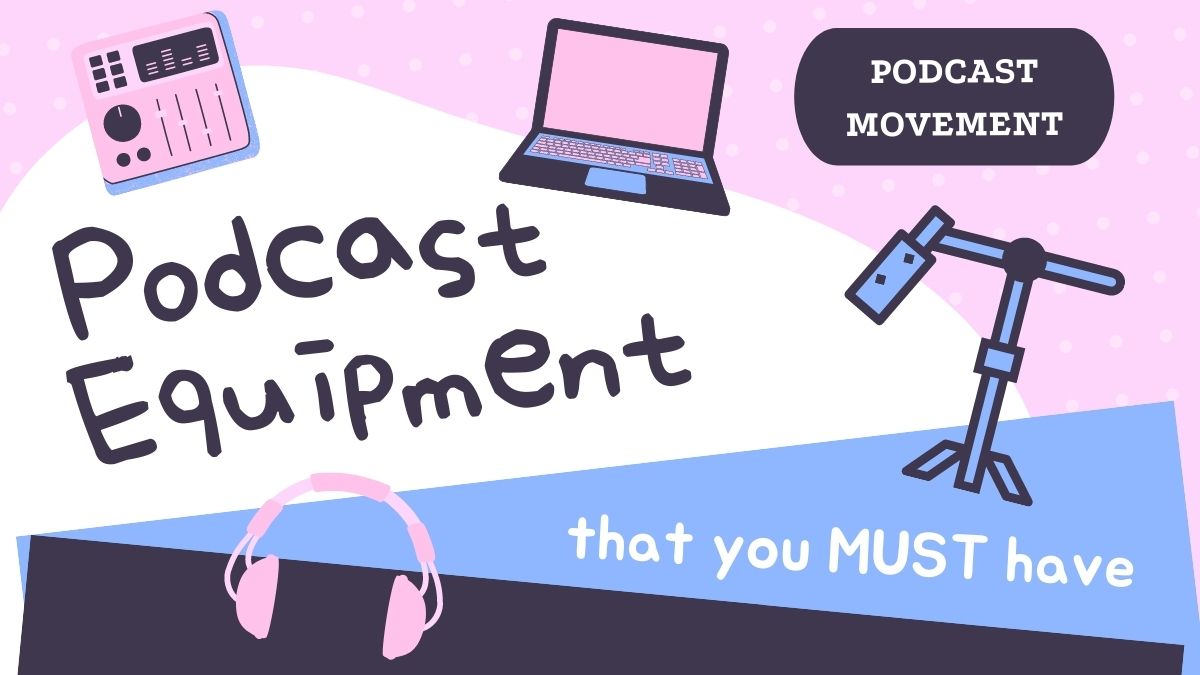When we think of podcast advertising, the first thing that comes to mind is the classic host-read ad. The podcast host crafts and voices the ad, speaking directly to their audience about the product or service. They’re powerfully effective because they mimic a trusted word-of-mouth recommendation. (If a friend suggests that you buy a product or service, you’re much more likely to purchase it.)

When we hear the phrase ‘dynamic insertion,’ we often presume that a dynamically inserted ad has to be pre-produced and sound like a radio ad. However, dynamically inserted ads can be host-read. Compared to other dynamically inserted formats, host-read ads are more effective for the advertiser and more enjoyable for the audience.
The most significant benefit of dynamic ad insertion is that it reaches a podcast’s full audience, even if they start on the first episode.
What exactly is dynamic ad insertion?
The process essentially tells a computer where to place ad reads within a podcast episode. Ads can be inserted in both current and back-catalog episodes, allowing advertisers to reach the listeners of the entire catalog instead of just new material. The most significant benefit of dynamic ad insertion is that it reaches a podcast’s full audience, even if they start on the first episode.
The next benefit of host-read dynamically inserted ads is time-sensitivity of messaging. Embedded reads used to be the norm for podcast advertising. These stay in an episode indefinitely: When a listener plays an episode from the back catalog, the ads they hear will be outdated. Understandably, they may be frustrated by expired or discontinued promotions. On the other hand, when using dynamic ad insertion, the ad runs for a specific period. Both the host and advertiser can control the messaging, ensuring that listeners hear current, relevant content.
Removing dynamically inserted ads is easy and quick, allowing you to cut ties with an advertiser instantly.
Podcast advertising with dynamic ad insertion allows for brand safety as well. In this day and age, we can't always be sure if an advertiser we're partnering with today will be an advertiser we’ll want to partner with in the future. For example, you may not want to stay associated with an advertiser when they say or do something that does not align with your values — or your audience’s values. Removing dynamically inserted ads is easy and quick, allowing you to cut ties with an advertiser instantly.

How to Set Up Your Podcast for Dynamic Ad Insertion
First, determine if your podcast is a good fit. Podcasts with evergreen content (content created months or years ago that is still relevant today) often have a significant number of downloads each month on their back catalog. Simply having an extensive back catalog that makes sense to monetize can also make a podcast a good fit. If your show meets these criteria, dynamic insertion can be a viable option for maximizing revenue.

Next, find a hosting provider. Keep in mind that not all hosting providers offer dynamic insertion service. Do your homework: Make sure you're choosing a company that can grow alongside your podcast. Ideally, you'll want to stay with your chosen hosting provider for several years.
Do your homework: Make sure you're choosing a hosting company that can grow alongside your podcast.
Don't forget to consider pricing when reviewing your options. Not all hosting providers are created equal or offer competitive rates. Be aware of their pricing structure, and be prepared to see your rates increase as your show grows in listenership.
A big step in the process of readying your podcast for dynamic ad insertion is creating insertion points. These insertion points tell the computer where to place the ad read. Hosting providers allow for pre-roll and post-roll ads to be automatically inserted, but midroll ads must be inserted manually. I encourage hosts to place midroll insertion points even though it is time-consuming. Due to their track record of efficacy, midroll ads are still the most desired ad placement. Work with an audio engineer to ensure that the episode volume and ad volume are the same so that listeners aren’t surprised by a volume change from one segment to the next.
You can use dynamic insertion to modify and replace content, and even add a segment into your full catalog.
After completing these steps, your podcast will be ready for dynamic insertion. While CPM (cost per thousand) pricing from $15-$50+ is typical in the podcast ad space, dynamic ad insertion can vary. Depending on a variety of factors, this range may be on the lower end of the pricing spectrum. However, given that the impressions you can deliver are much greater when using this technology, the investment will likely result in more revenue.


Did you know that dynamic insertion can be used for other elements of your podcast? You may find it useful to switch out your introduction in both current and older episodes. You can use dynamic insertion to modify and replace content, and even add a segment into your full catalog.
With dynamic insertion technology, we can customize both ad and editorial content to be relevant, timely, and targeted.
Lastly, you may want to insert your own promotional material in these ad spaces. Promoting products or services like your subscription platform, podcast merch, or tickets to a virtual event, can be a profitable way for hosts to use the technology.
In conclusion, at this time, approximately half of all podcasts are using dynamic insertion technology. It is my prediction that the industry as a whole will continue to move in this direction. With dynamic insertion technology, we can deliver ad messages to everyone listening to a podcast within a specified time. We can customize both ad and editorial content to be relevant, timely, and targeted. For podcasts in particular, it does not matter when content is created; it matters when content is consumed.



Join the Movement